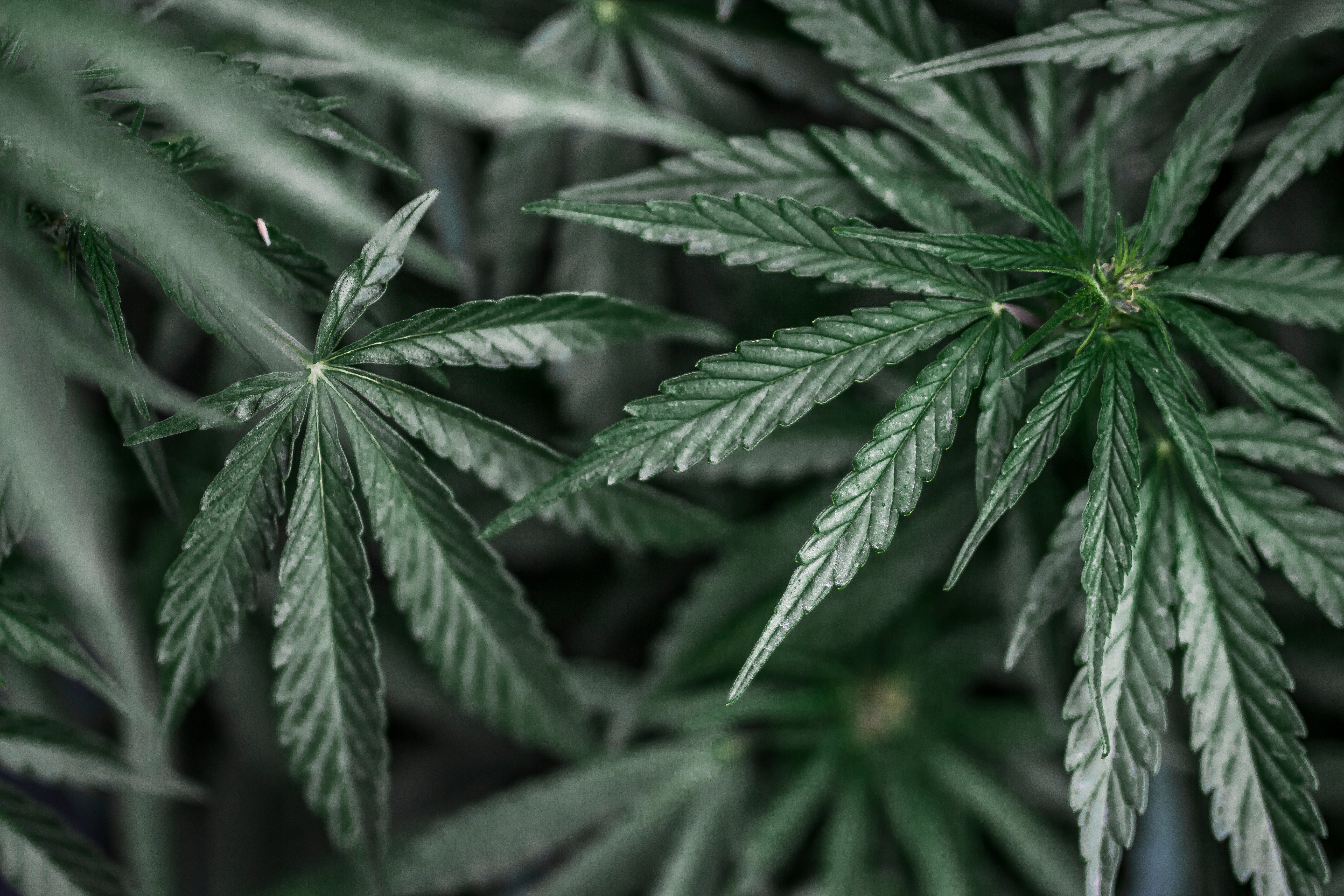Exploring CBG: The Ultimate Guide to Cannabigerol, CBG, the Mother of all Cannabinoids

In recent years, the spotlight on cannabinoids has intensified as researchers and consumers alike delve deeper into the potential health benefits of these compounds. Among the lesser-known cannabinoids gaining attention is Cannabigerol, or CBG. While CBD and THC dominate the conversation, CBG quietly emerges as a promising wellness ally. Let's embark on a journey to uncover what CBG is, how it interacts with the body, and the potential health advantages it offers.
What is CBG? Cannabigerol (CBG) is one of over a hundred cannabinoids found in the cannabis plant. It's often referred to as the "mother cannabinoid" because it's considered a precursor to other cannabinoids like CBD and THC. CBG is typically found in low concentrations in most cannabis strains, making it relatively rare compared to CBD and THC. CBG is derived from cannabigerolic acid (CBGA), which is the precursor to the three main cannabinoid lines: tetrahydrocannabinolic acid (THCA), cannabidiolic acid (CBDA), and cannabichromenic acid (CBCA). Enzymes in the cannabis plant break down CBGA and direct it toward one of these lines, and only a small percentage of CBGA is converted into CBG.
How Does CBG Work in the Body? Like other cannabinoids, CBG interacts with the body's endocannabinoid system (ECS). The ECS plays a crucial role in regulating various physiological functions, including mood, sleep, appetite, and immune response. CBG interacts with cannabinoid receptors in the ECS, influencing these functions and promoting homeostasis, or balance, within the body. CBG has a low affinity for CB1 and CB2 receptors, which are the primary receptors in the ECS, but it interacts with them indirectly by inhibiting the reuptake of endocannabinoids such as anandamide, which can enhance the effects of these compounds.
Possible Benefits of CBG:
- Pain Relief: CBG exhibits analgesic properties, making it a potential natural remedy for managing pain. Research suggests that CBG may inhibit the transmission of pain signals, offering relief without the side effects associated with traditional pain medications. A study published in the Journal of Pharmacology and Experimental Therapeutics found that CBG reduced pain response in mice, indicating its potential as a pain reliever.
- Anti-Inflammatory Effects: Inflammation is a common underlying factor in many chronic conditions, including arthritis and inflammatory bowel diseases. CBG has shown promise as a potent anti-inflammatory agent, potentially reducing inflammation and associated symptoms. A study published in Biochemical Pharmacology found that CBG reduced inflammation in a mouse model of inflammatory bowel disease, suggesting its potential as a therapeutic agent for conditions characterized by inflammation.
- Neuroprotective Properties: Studies indicate that CBG may offer neuroprotective benefits by promoting the growth of new brain cells and protecting existing ones. This suggests potential applications in the treatment of neurodegenerative diseases like Alzheimer's and Parkinson's. A study published in Neurotherapeutics found that CBG protected neurons in a mouse model of Huntington's disease, indicating its potential as a neuroprotective agent.
- Antibacterial and Antifungal Activity: CBG demonstrates strong antibacterial and antifungal properties, making it a potential candidate for combating bacterial and fungal infections. These properties may contribute to its effectiveness in treating conditions such as MRSA and Candida. A study published in the Journal of Natural Products found that CBG had potent antibacterial activity against drug-resistant bacteria, suggesting its potential as a treatment for antibiotic-resistant infections.
- Mood Enhancement: CBG interacts with serotonin receptors in the brain, which are involved in regulating mood and anxiety. Preliminary research suggests that CBG may have antidepressant and anxiolytic effects, offering a natural alternative for those struggling with mood disorders. A study published in ACS Chemical Neuroscience found that CBG had antidepressant effects in a mouse model of depression, suggesting its potential as a mood-enhancing agent.
- Glaucoma Management: CBG has shown promise in reducing intraocular pressure, a key risk factor for glaucoma. By improving ocular blood flow and reducing pressure within the eye, CBG may help alleviate symptoms and slow the progression of this sight-threatening condition. A study published in the Journal of Ocular Pharmacology and Therapeutics found that CBG reduced intraocular pressure in a rabbit model of glaucoma, indicating its potential as a treatment for this condition.
As research into cannabinoids continues to evolve, CBG emerges as a promising player in the realm of holistic wellness. From its potential to alleviate pain and inflammation to its neuroprotective and antibacterial properties, CBG offers a diverse range of health benefits. While more studies are needed to fully understand its mechanisms and efficacy, CBG represents a natural alternative for those seeking relief from various ailments. Whether you're exploring alternative remedies or simply curious about the potential of cannabinoids, CBG deserves a closer look as a valuable addition to your wellness toolkit.


